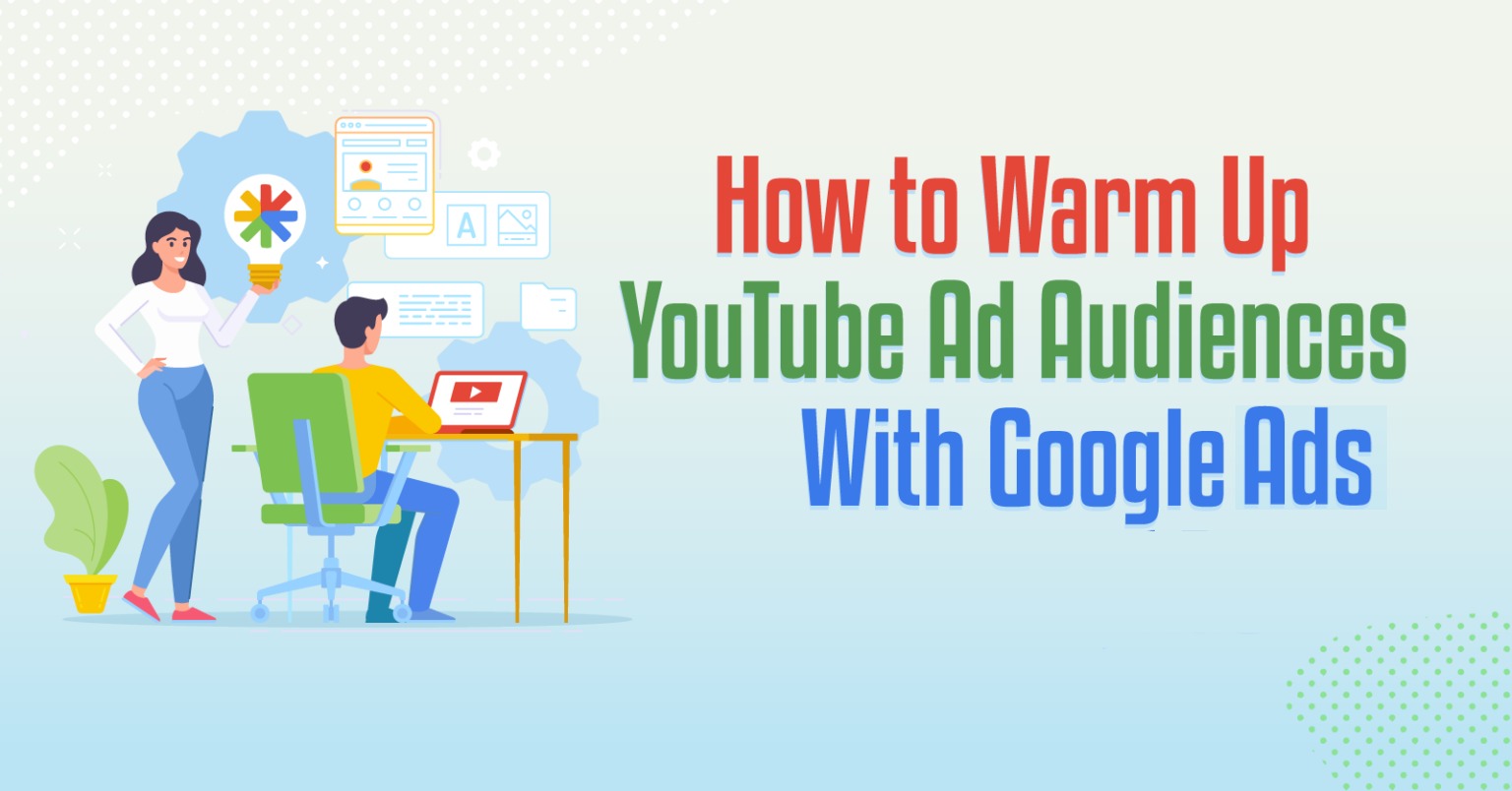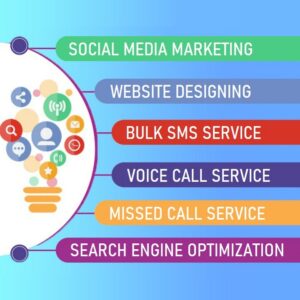YouTube ad audiences is an essential step to maximize the effectiveness of your advertising campaigns. It involves gradually introducing your ads to your target audience and building their awareness, interest, and engagement before presenting them with your core marketing message.
Why Discovery Ads Matter for YouTube Ad Targeting:
Discovery Ads are an ad format offered by Google Ads that specifically targets users across various Google platforms, including YouTube. These ads appear in places where users are actively seeking content and information, such as YouTube search results, the YouTube homepage, and related video suggestions.
Discovery Ads into your YouTube ad targeting strategy can help you connect with users who are actively exploring content and increase the chances of meaningful engagement and conversions.
How Businesses Can Benefit From Discovery Campaigns:
Discovery Campaigns, a feature offered by Google Ads, allow businesses to reach potential customers at the right moments when they are in a discovery mindset. These campaigns are designed to show ads across various Google platforms, such as YouTube, Gmail, and the Google Discover feed.
Businesses can tap into a valuable opportunity to connect with potential customers during their discovery moments, drive engagement, and ultimately achieve their marketing goals.
Here’s a step-by-step guide on how to warm up YouTube ad audiences:
- Define Your Audience: Clearly identify your target audience based on demographics, interests, behaviors, and other relevant criteria. Understanding your audience’s preferences will help you tailor your warming-up strategy.
- Create a Content Sequence:. Introductory Content: Start with non-promotional, informative, or entertaining content that introduces your brand or product indirectly. This could include “how-to” videos, educational content, or behind-the-scenes footage.
. Engagement Content: Develop content that encourages viewer engagement, such as asking questions, conducting polls, or requesting comments. This interaction helps build a sense of community and involvement.
. Storytelling Content: Share stories that resonate with your audience, highlighting the value of your product or service. Stories can evoke emotions and create a connection with viewers.
. Product/Service Showcase: Gradually transition to content that showcases your product or service in a more direct way, focusing on benefits and unique selling points.
3. Set Up YouTube Remarketing Lists:
. Create custom audiences based on viewer engagement with your videos. For example, you can create lists for people who watched 25%, 50%, or 75% of your warming-up content.
. Segment your audience based on engagement levels to tailor your messaging accordingly.
4. Gradual Increase in Promotion:
. Start with minimal promotion of your product or service in the initial content.
. As you progress through the warming-up sequence, gradually increase the visibility of your core marketing message.
5. Monitor Engagement Metrics:
. Track metrics like view-through rates, click-through rates, and engagement levels at each stage of your content sequence.
. Analyze which content resonates the most and adjust your strategy accordingly.
6. Audience Exclusions and Inclusions:
. Exclude audiences that have already converted or shown significant interest to avoid overexposure.
. Include audiences that have engaged positively with your content but haven’t converted yet.
7. Frequency Capping:
. Set frequency caps to limit the number of times the same viewer sees your content within a specific time frame. This prevents ad fatigue and annoyance.
8. Landing Page and Conversion Optimization:
. Ensure that your landing page aligns with the messaging in your YouTube ads.
. Implement conversion optimization techniques to make the transition from viewing the ad to taking action as smooth as possible.
9. Testing and Optimization:
. Continuously test different content formats, CTAs, and messaging to identify what resonates best with your audience.
. Use A/B testing to compare variations and refine your strategy based on performance data.
10. Segmentation:
. Use data collected during the warming-up phase to segment your audience further and deliver more personalized messaging in subsequent campaigns.
YouTube ad audiences is to build a foundation of familiarity and trust before delivering a strong call to action. By gradually guiding viewers through a journey of engagement, you increase the likelihood of positive responses to your core marketing messages.




